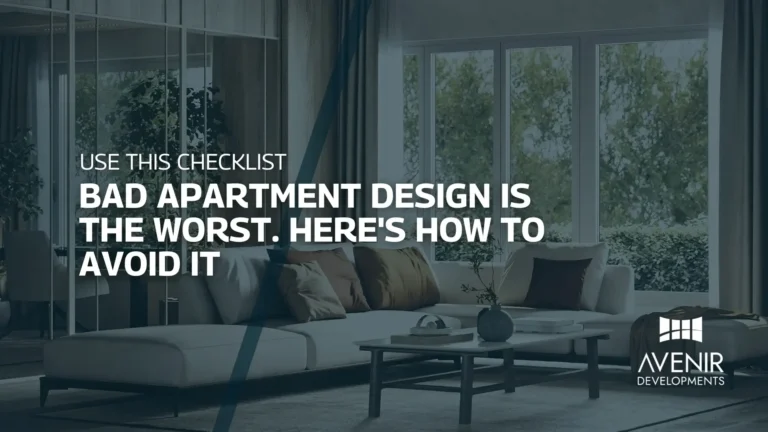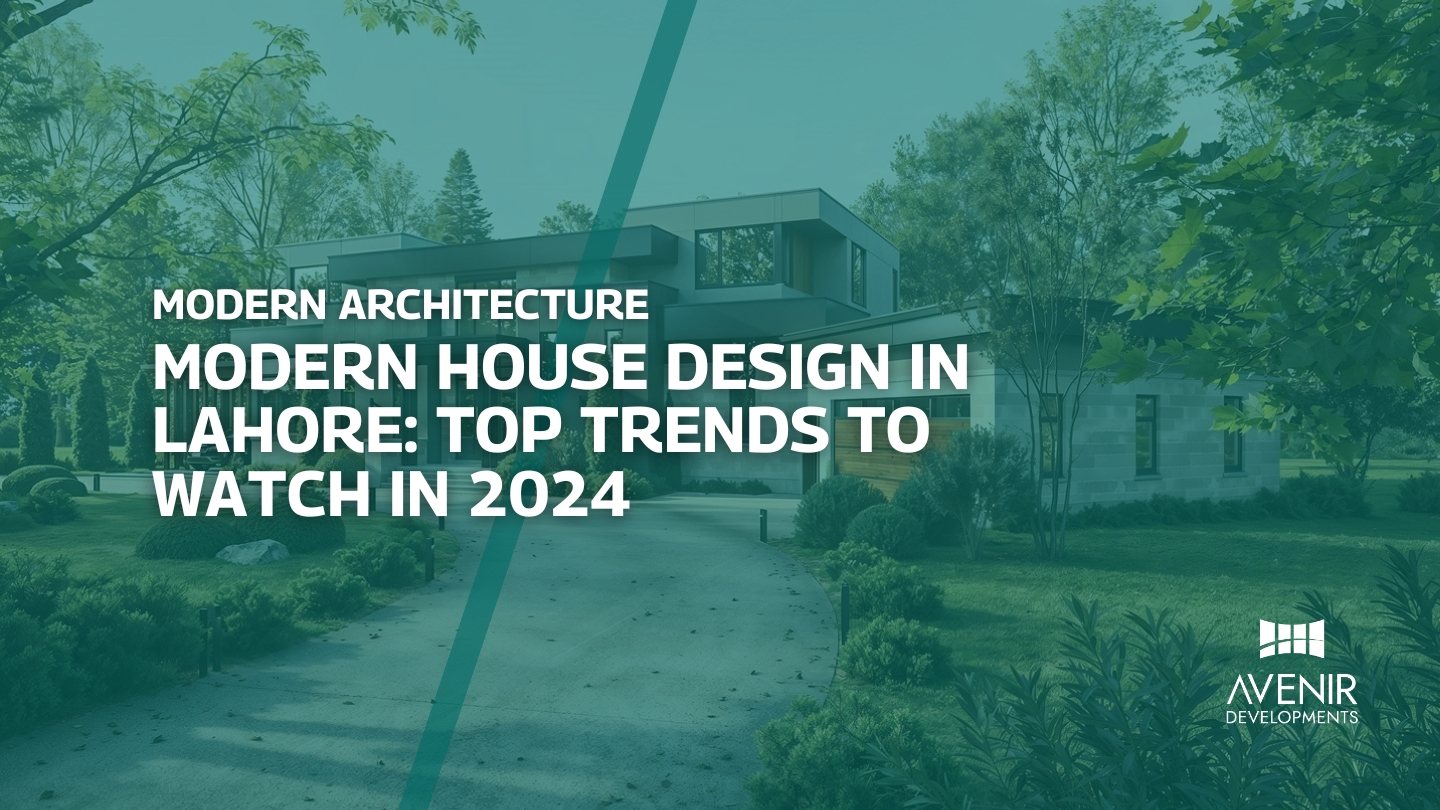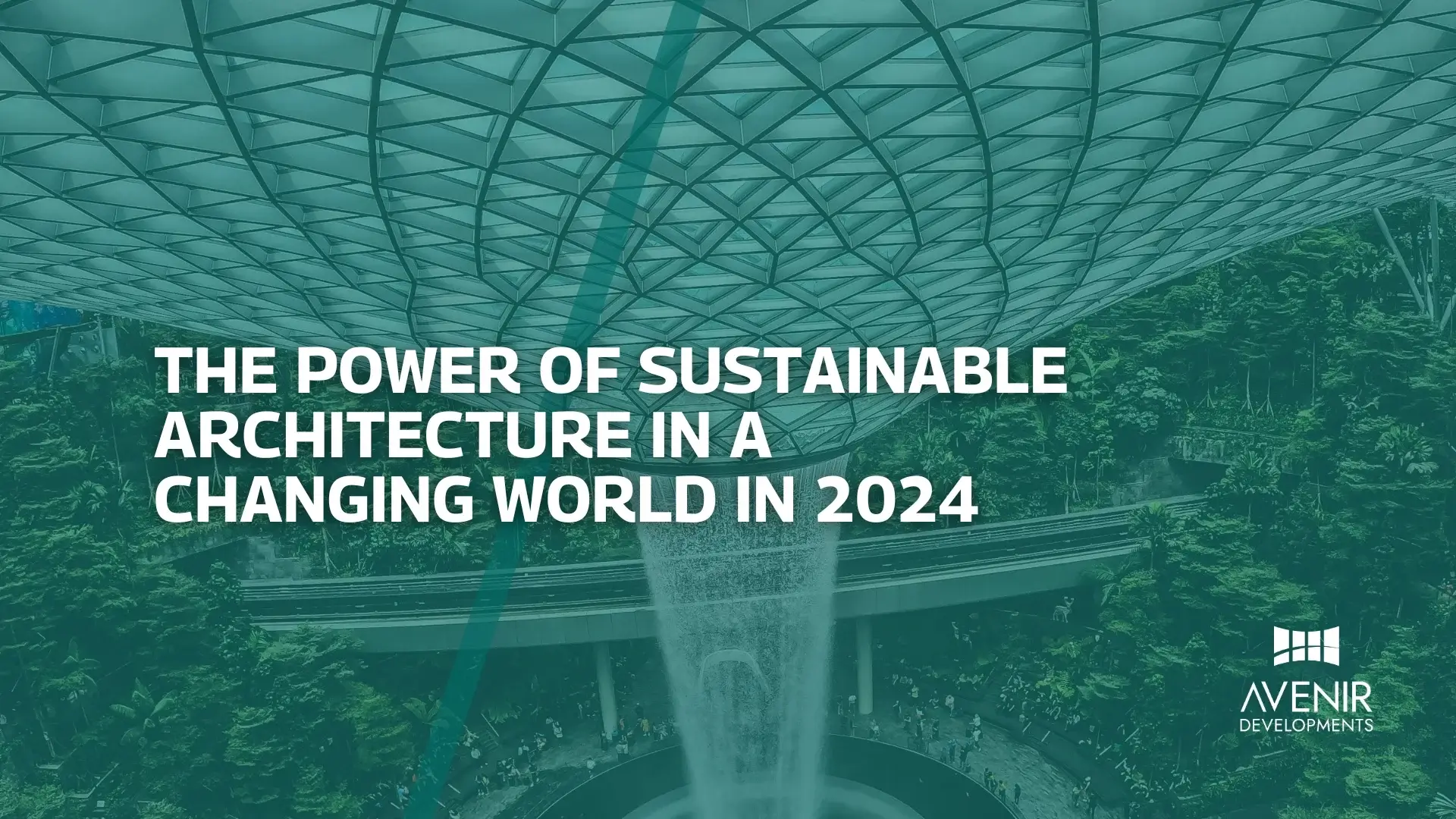Apartment design can make or break your living experience. I’ve seen it firsthand in my 20+ years as an architect and custom home builder, both in Pakistan and during my travels abroad. I recall visiting a friend in a supposedly ‘luxury’ apartment in Dubai. The moment I stepped in, I was struck by how cramped and poorly lit it was. The layout made no sense; the kitchen was a narrow galley you could barely turn around in, and the living room felt more like a hallway. It was a stark reminder that even high-priced apartments can fall victim to bad design. This experience, coupled with countless others, has solidified my belief that good apartment design isn’t a luxury, it’s a necessity.
In this blog, we’ll dive deep into the world of apartment design, exploring what makes it good, what makes it bad, and most importantly, how you can spot the difference. I’ll share my expert insights and provide you with a checklist to ensure your next apartment isn’t just a place to live, but a place you love to call home.
Apartment Design – A Brief Overview
Apartment design is the art and science of creating functional, aesthetically pleasing, and comfortable living spaces within a multi-unit building. It involves careful consideration of space planning, layout, circulation, lighting, ventilation, and material selection. A well-designed apartment maximizes the available space, provides ample natural light and ventilation, and creates a sense of flow and harmony. It also reflects the needs and lifestyles of its occupants, offering a sanctuary from the hustle and bustle of urban life.
The evolution of apartment design has been closely tied to urbanization and population growth. In the early 20th century, apartments were often seen as a less desirable alternative to single-family homes, characterized by cramped quarters and limited amenities. However, as cities grew and land became scarce, architects and designers began to rethink apartment living, introducing innovative concepts like open-plan layouts, multi-functional spaces, and shared amenities. Today, apartments are no longer just a place to sleep; they are vibrant communities offering a wide range of lifestyle options.
The importance of good apartment design cannot be overstated. It directly impacts the quality of life of its residents, influencing their physical and mental well-being. A well-designed apartment can enhance productivity, reduce stress, and promote a sense of belonging. Moreover, it can also increase the property’s value and attract a wider pool of potential tenants or buyers.
In the context of Pakistan’s rapidly growing cities like Lahore and Islamabad, the demand for well-designed apartments is on the rise. As more people opt for urban living, the need for functional and aesthetically pleasing apartments that cater to their diverse needs and lifestyles is more critical than ever.
Latest Trends and Developments in Apartment Design
Apartment design is a dynamic field, constantly evolving to meet the changing needs and aspirations of urban dwellers. Let’s explore some of the latest trends and developments in apartment design, both globally and within Pakistan.
Global Trends
- Micro-Living: As urban populations continue to swell and housing affordability becomes a major concern, micro-apartments are gaining popularity. These compact living spaces utilize clever design solutions to maximize functionality and create a sense of openness, even in limited square footage.
- Biophilic Design: The incorporation of nature into built environments is a growing trend in apartment design. This includes the use of natural materials, ample daylighting, green walls, and indoor plants to create a connection with nature and promote well-being.
- Smart Homes: Technology is transforming the way we live, and apartments are no exception. Smart home features like automated lighting, temperature control, and security systems are becoming increasingly common, offering convenience and energy efficiency.
- Co-Living Spaces: Co-living is a new housing model that emphasizes community and shared experiences. These spaces often feature private bedrooms and bathrooms, along with shared living areas, kitchens, and workspaces, fostering a sense of belonging and collaboration.
Trends in Pakistan
- Vertical Living: With land scarcity in major cities like Lahore and Islamabad, vertical developments are becoming the norm. High-rise apartment buildings are sprouting up, offering stunning views and a range of amenities.
- Luxury Apartments: The demand for luxury apartments is increasing in Pakistan, driven by a growing affluent class. These apartments boast high-end finishes, spacious layouts, and exclusive amenities like private gyms, swimming pools, and rooftop terraces.
- Sustainable Design: There’s a growing awareness of the importance of sustainable design in Pakistan. Developers are incorporating green building practices like energy-efficient appliances, solar panels, and rainwater harvesting systems into their apartment projects.
- Mixed-Use Developments: Mixed-use developments that combine residential, commercial, and recreational spaces are becoming popular. These developments offer residents the convenience of having everything they need within easy reach.
Government and Private Sector Initiatives
The Pakistani government has introduced several initiatives to promote affordable housing and sustainable development. The Naya Pakistan Housing Program, for instance, aims to construct 5 million affordable housing units across the country. The private sector is also playing a crucial role in driving innovation in apartment design. Developers are partnering with renowned architects and interior designers to create world-class living spaces that cater to the evolving needs of urban dwellers.
Call for Action
While there have been positive developments, there’s still room for improvement. I believe the government should further incentivize sustainable design practices and encourage the development of affordable housing options. The private sector should continue to invest in research and development to create innovative apartment designs that cater to the diverse needs of Pakistani residents. International bodies can play a role by sharing best practices and providing technical assistance.
Research shows that apartments with ample natural light can boost occupants’ mood and productivity by up to 40%.
FAQs about Apartment Design
In this section, we’ll tackle some of the most frequently asked questions about apartment design.
Q: What are the signs of a poorly designed apartment?
A: Several telltale signs indicate poor apartment design. These include:
- Cramped and Awkward Layouts: Rooms that are too small or oddly shaped can make it difficult to arrange furniture and move around comfortably.
- Lack of Natural Light and Ventilation: Apartments that rely heavily on artificial lighting and lack proper ventilation can feel stuffy and depressing.
- Poor Sound Insulation: Thin walls and floors can lead to noise disturbances from neighbors, impacting your peace and privacy.
- Insufficient Storage: A lack of built-in storage can lead to clutter and disorganization.
- Outdated Finishes and Appliances: Old and worn-out finishes and appliances can make an apartment feel dated and unappealing.
Q: How can I maximize space in a small apartment?
A: There are several clever design solutions to maximize space in a small apartment. These include:
- Multi-functional Furniture: Invest in furniture that serves multiple purposes, such as a sofa bed or a coffee table with built-in storage.
- Vertical Storage: Utilize vertical space with tall bookshelves, wall-mounted cabinets, and hanging organizers.
- Light Colors: Opt for light colors for walls and furniture to create a sense of openness and airiness.
- Mirrors: Strategically placed mirrors can reflect light and make a space feel larger.
- Declutter: Regularly declutter and get rid of items you don’t need to free up valuable space.
Q: What are some common apartment design flaws to watch out for?
A: Some common apartment design flaws include:
- Lack of Privacy: Open-plan layouts can sometimes compromise privacy, especially in bedrooms and bathrooms.
- Insufficient Kitchen Counter Space: A small kitchen with limited counter space can make cooking and meal preparation a challenge.
- Inadequate Bathroom Ventilation: Poor bathroom ventilation can lead to mold and mildew growth.
- Limited Outdoor Space: A lack of balconies or terraces can limit access to fresh air and natural light.
- Poor Accessibility: Apartments that are not designed with accessibility in mind can be difficult for people with disabilities to navigate.
Q: How much does it cost to hire an apartment interior designer in Lahore?
A: The cost of hiring an apartment interior designer in Lahore can vary depending on the scope of the project, the designer’s experience, and the level of customization required. Generally, you can expect to pay anywhere from PKR 50,000 to PKR 500,000 or more for a complete apartment design project.
Q: What are some of the best apartment design firms near me?
A: If you’re looking for top-notch apartment design services in Lahore or Islamabad, consider reaching out to reputable firms like Avenir Developments. We have a team of experienced architects and interior designers who specialize in creating functional, aesthetically pleasing, and personalized living spaces.
The Apartment Design Checklist: Avoiding Design Disasters
Now that we’ve covered the basics of apartment design let’s get to the heart of the matter: how to avoid bad apartment design. I’ve compiled a checklist of key factors to consider when evaluating an apartment, drawing from my years of experience in the industry.
Layout and Space Planning
- Room Sizes and Proportions: Are the rooms adequately sized for their intended use? Do they feel cramped or awkward?
- Circulation: Is there a clear and logical flow between rooms? Are there any bottlenecks or awkward corners?
- Natural Light and Ventilation: Does the apartment receive ample natural light? Are there windows in every room? Is there adequate cross-ventilation?
- Privacy: Are bedrooms and bathrooms located away from high-traffic areas? Are there any soundproofing measures in place?
- Storage: Is there sufficient built-in storage for clothes, linens, and other belongings?
- Flexibility: Can the space adapt to changing needs and lifestyles? Are there any multi-functional spaces?
Finishes and Materials
- Quality: Are the finishes and materials durable and easy to maintain?
- Aesthetics: Do the finishes and materials create a cohesive and appealing look?
- Functionality: Are the finishes and materials appropriate for their intended use? For example, are kitchen countertops heat-resistant and easy to clean?
Kitchen and Bathrooms
- Kitchen Layout: Is the kitchen layout efficient and functional? Is there enough counter space and storage?
- Appliances: Are the appliances modern and energy-efficient?
- Bathroom Ventilation: Are bathrooms adequately ventilated to prevent mold and mildew growth?
- Water Pressure: Is the water pressure sufficient in showers and faucets?
Amenities and Common Areas
- Security: Does the building have adequate security measures in place, such as CCTV cameras and secure entry systems?
- Parking: Is there ample parking available for residents and guests?
- Outdoor Spaces: Are there any shared outdoor spaces like gardens, courtyards, or rooftop terraces?
- Community Amenities: Does the building offer any additional amenities like a gym, swimming pool, or community room?
Location and Surroundings
- Neighborhood: Is the neighborhood safe and desirable?
- Proximity to Amenities: Is the apartment conveniently located near shops, restaurants, public transportation, and other essential services?
- Views: Does the apartment offer any attractive views?
- Noise Levels: Is the area prone to excessive noise from traffic, construction, or other sources?
Additional Factors
- Accessibility: Is the apartment accessible for people with disabilities?
- Sustainability: Does the building incorporate any sustainable design features?
- Future Potential: Is there potential for future renovations or additions to the apartment?
By carefully considering these factors and using this checklist as a guide, you can significantly increase your chances of finding an apartment that is not only aesthetically pleasing but also functional, comfortable, and conducive to a happy and fulfilling lifestyle.
In Hong Kong, where space is at a premium, micro-apartments as small as 150 square feet are becoming the norm.
Make Informed Decisions and Live in Style
Remember, bad apartment design can lead to frustration, discomfort, and even health problems. By being aware of the common pitfalls and using the checklist provided, you can avoid these design disasters and find an apartment that truly feels like home.
If you’re looking for expert guidance in finding or designing the perfect apartment in Lahore or Islamabad, don’t hesitate to reach out to Avenir Developments. Our team of experienced architects and interior designers is passionate about creating beautiful, functional, and personalized living spaces that enhance your quality of life.
Ready to transform your living space? Contact Avenir Developments today on WhatsApp or Call +923001101103 for a free consultation. We’ll help you navigate the complexities of apartment design and ensure your next home is a haven of comfort and style.
Remember, your home is your sanctuary. Don’t settle for anything less than the best. Choose Avenir Developments and experience the difference that exceptional design can make.






